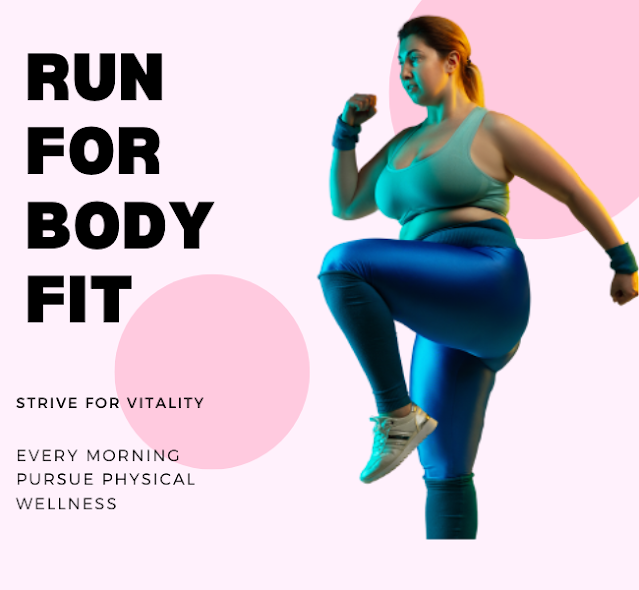Transforming Fat to Fit: Your Journey to Wellness
Embarking on the transformative journey from fat to fit is not a sprint but a marathon towards a healthier lifestyle. At Big Fat Association, we champion timely meals, mindful eating, dedication, and determination. Recognizing the uniqueness of each individual, we shun one-size-fits-all approaches, focusing on sustainable, long-term well-being. While quick fixes may yield fleeting results, our commitment is to guide you towards lasting fitness goals without the feared bounce-back effect. Begin your expedition to a healthier you with us today!
What Does "Fat to Fit" Mean?
To transition from "fat to fit" is to undergo a profound change in physical health and appearance. It transcends shedding excess weight and delves into building muscle, enhancing cardiovascular fitness, and achieving a healthier body composition. It's not merely about a specific size or appearance; instead, it revolves around elevating overall health, well-being, and fitness levels. This voyage entails lifestyle adjustments—adopting a balanced diet, embracing regular exercise, and prioritizing mental and emotional wellness. The ultimate aim is to cultivate a sustainable and healthy lifestyle that supports enduring physical fitness and overall well-being.
The definition of "fit" is subjective and individualized. Fitness goals range from strength and endurance to specific body compositions or weights. The common thread is a commitment to positive, lasting life changes. Realistic goals, healthy habits, consistency, and a robust support system are vital companions in this transformative journey. Being "fit" transcends aesthetics; it's about enhancing your quality of life and overall well-being.
How to Make Your Body Fit with Fat
Crafting a fit body while carrying some excess fat is not only achievable but also a healthy approach. Here's a roadmap to help you attain fitness while gradually reducing body fat:
- Balanced Diet: Focus on a diverse, whole-food-based diet, emphasizing lean protein, vegetables, fruits, whole grains, and healthy fats. Monitor calories to create a slight deficit for fat loss while ensuring nutrient adequacy.
- Strength Training: Integrate strength training exercises to build lean muscle mass, boosting metabolism and improving body composition.
- Cardiovascular Exercise: Include cardio workouts like jogging, cycling, or swimming to burn calories and enhance cardiovascular health. A mix of high-intensity interval training (HIIT) and steady-state cardio can be effective for fat loss.
- Consistency: Consistency is the linchpin. Stick to your exercise and nutrition plan over time, bouncing back quickly from setbacks.
- Hydration: Stay well-hydrated to support metabolism. Thirst can sometimes be mistaken for hunger.
- Mindful Eating: Pay attention to portion sizes, avoiding emotional or mindless eating. Savor your food to control calorie intake.
- Adequate Rest: Ensure quality sleep, as lack of sleep can disrupt hunger and metabolism-related hormones.
- Stress Management: Practice stress-reduction techniques like meditation, deep breathing, or yoga to prevent weight gain.
- Track Progress: Maintain a journal or use fitness apps to track workouts, nutrition, and progress, enabling necessary adjustments.
- Consult a Professional: Collaborate with a registered dietitian, personal trainer, or healthcare provider for a customized plan aligning with your needs and goals.
Remember, the goal isn't eliminating all body fat—some level is vital for overall health. Aim for a body composition that aligns with your well-being goals, embracing a journey towards lasting fitness.

